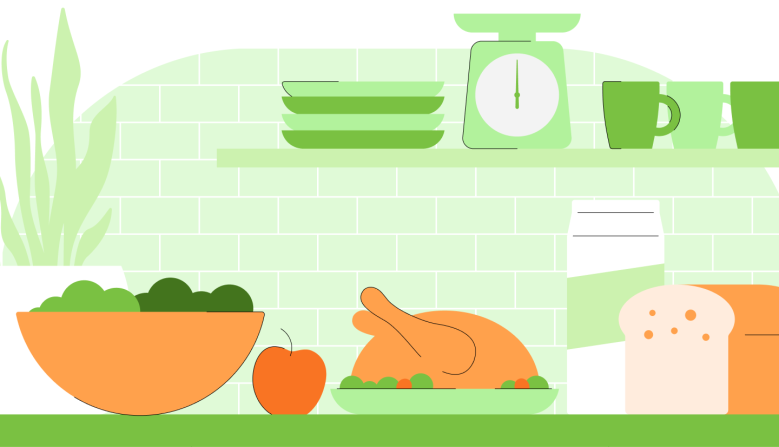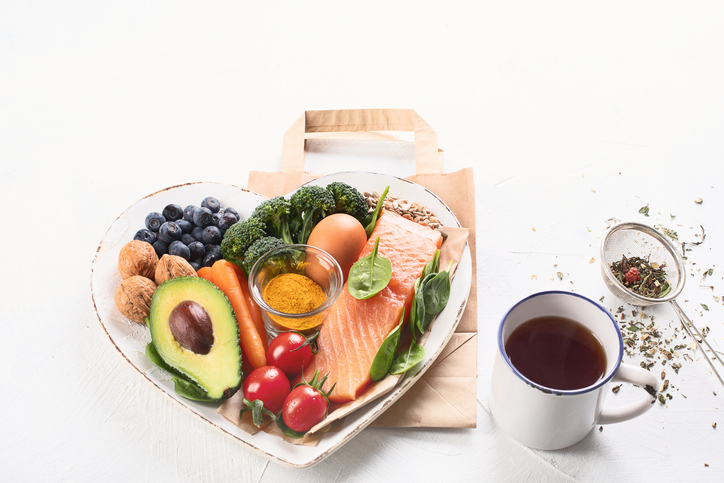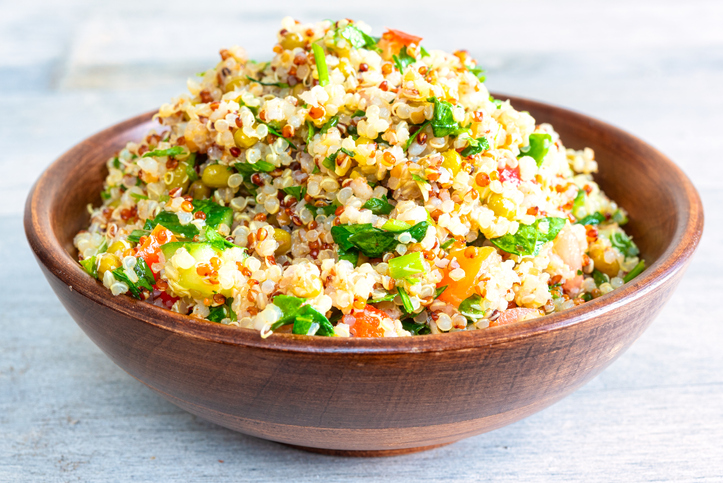Mindfulness and Your Teen



Sadness, anger and guilt are tough for any of us to deal with, but especially for teens, whose lives are already an emotional roller coaster. Like adults, teens can use help confronting feelings that seem too difficult to handle.
One tool that can help? Mindfulness. It’s a 2,500-year-old Buddhist practice aimed at living in the present and experiencing each moment without judgment. It’s similar to jumping out of the mind’s raging river of thoughts onto a calm shore, where you can watch all your negativity drift away. Studies have shown that mindfulness meditation works as well as medication in relieving depression and anxiety, which is why many therapists are increasingly using it in treatment.
Office visits aren’t required to reap the benefits, of course. Any parent can master the basic concepts to help teens take charge of their emotions and better navigate the challenges of adolescence. Here’s a beginner’s guide.
1. No judgments allowed.
As often as not, the problem isn’t what your teen is thinking or feeling but the value he or she ascribes to it.
Constantly remind your teen that thinking something doesn’t make it so. Use the “drill down” technique—asking what, where, when and how—to suss out the facts. Avoid “why” questions, since they usually don’t yield great answers. So when your teen says, “My teacher hates me,” a mindful response might be “What did she do to make you think that?” That allows him to separate feelings from reality. And instead of jumping to harsh conclusions (you criticizing him, your teen getting down on himself), you’ll get to the crux of the issue and find a solution.
2. Go with the flow.
Adolescence is all about change. Teens are morphing on every level—physically, emotionally, cognitively—and life gets complicated and intense. What’s more, kids become anxious because they believe the challenges they’re facing will last forever.
When your kid is frustrated, anxious or overwhelmed, encourage her to see the big picture and take the long view. You could say, “Right now you’re in the middle of a thunderstorm. Your problems might seem huge, but it never rains forever.” It sounds corny, but remind her that when one door closes, another one opens. Lift the gloom and doom with a shared joke. The goal is to teach your child to put the brakes on negative thinking and treat herself with compassion and kindness. And make sure she knows you feel her pain, so your advice won’t fall on deaf ears.
3. Just say om.
It takes work to convince teens of the value of slowing down, disconnecting and breathing. But once they try it, they get hooked.
Invite your teen to start meditating—with you. Make a pact to stick with it for one week (5 minutes a day is good, 15 is better). Be patient. If you’re both lucky, mindfulness will become a healthy habit for life.
- Sit comfortably, either cross-legged on a cushion or in a straight-backed chair. Rest your hands in your lap. Keep your eyes open or partially close them.
- Spend 60 seconds listening to the sounds around you.
- Spend the next 60 seconds scanning your body for any discomfort.
- Now focus on your breath. Notice how cool air enters your nostrils and warm air leaves your lungs.
- If a thought arises, observe it and let it go. Imagine that you’re sitting on the front porch and your thoughts are like people and cars passing by. They’re here, and then they’re gone.
© Meredith Operations Corporation. All rights reserved. Used with permission.

















